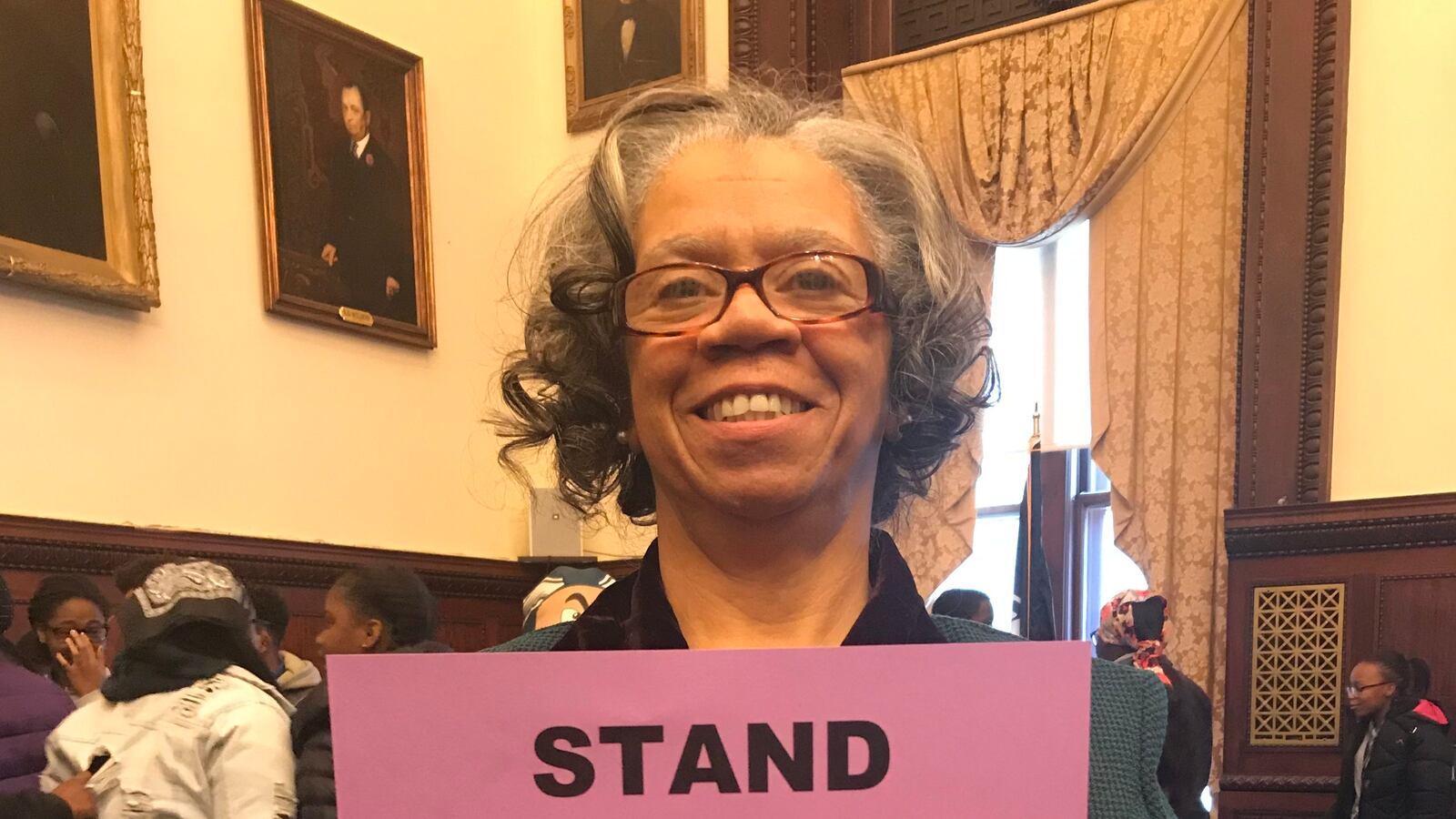This article was originally published in The Notebook. In August 2020, The Notebook became Chalkbeat Philadelphia.
Pennsylvania’s charter school debate attracts a lot of heated rhetoric.
But this week, the conversation got some cold, hard numbers.
The Center for Research on Education Outcomes, a group based at Stanford University, released a deep dive into Pennsylvania’s charter schools, which now serve roughly 140,000 students.
Debates about the quality of the growing sector can be especially fraught because comparing schools is rarely an apples-to-apples exercise.
A charter school serving many low-income students might not post top results on state tests, but may actually do a better job serving disadvantaged students than a nearby traditional public school.
On the flip side, some studies show charters sidestep the toughest-to-serve students, like those with extreme special needs or those who are learning English. These skeptics worry that traditional public schools end up with these cast-aside students, and thus, lower test scores.
CREDO’s analysis is an attempt to control for these variables.
The researchers — who have done similar analyses in cities and states across the country — look at charter school students and try to find students in nearby traditional public schools who are their “virtual twins.” They create these “twins” by looking at a student’s age, gender, race, socioeconomic status, English language ability, and special education status.
Then the CREDO researchers compare the test-score growth of charter school students with their “twins” to see if the charter school is making a difference.
This latest Pennsylvania study covered the years 2013-17.
So what did CREDO find?


